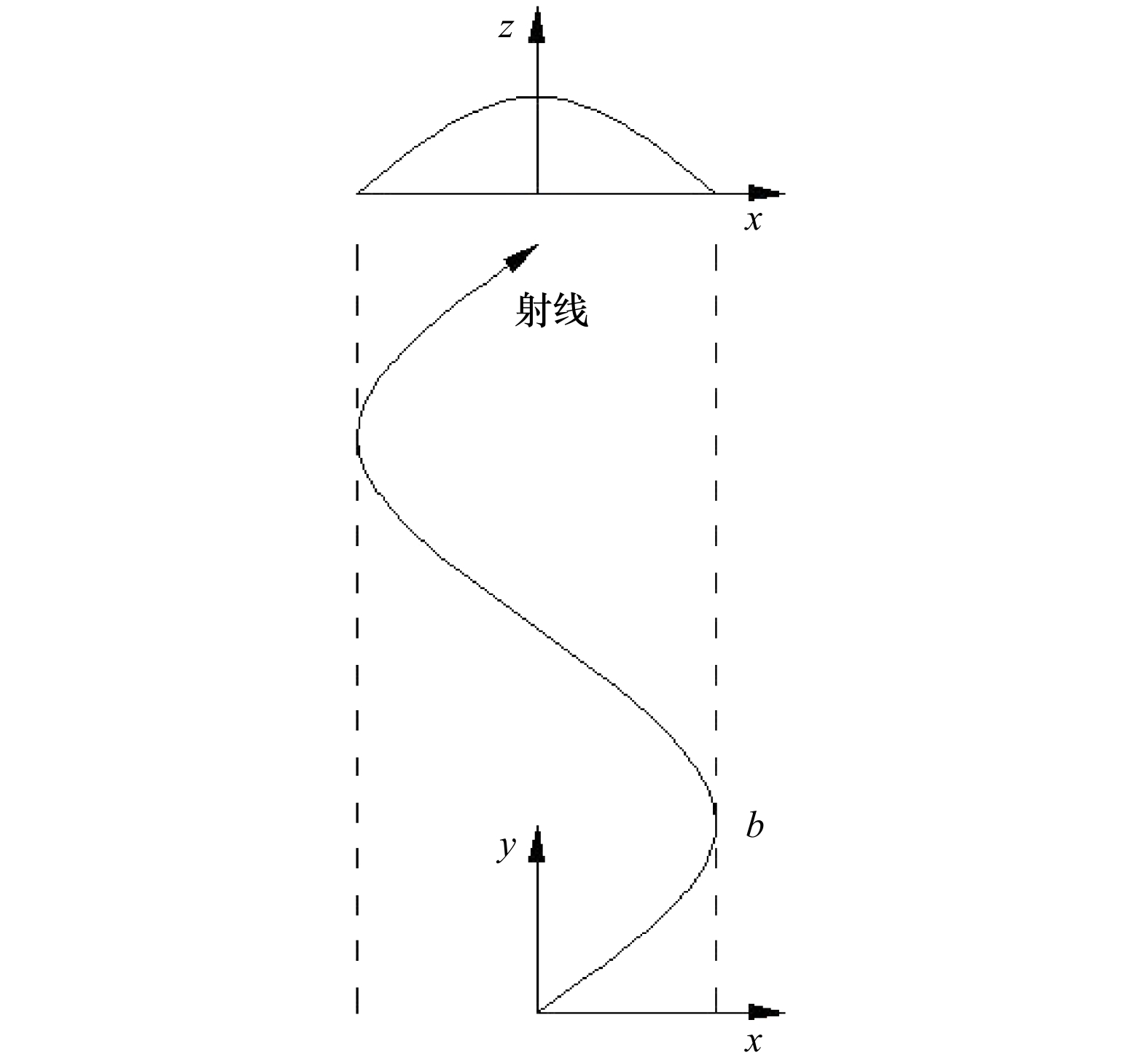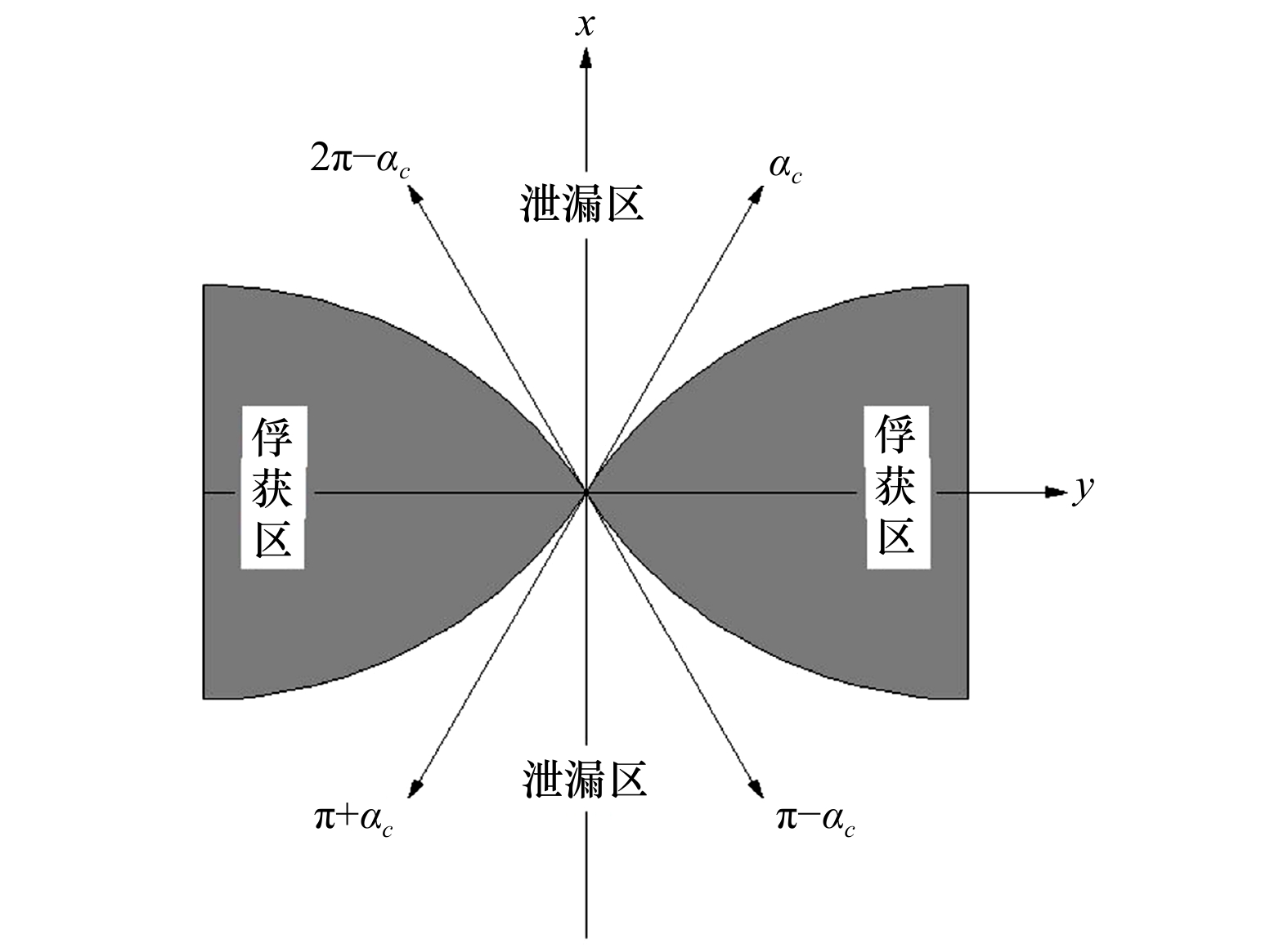| [1] |
Craig W. Surface water waves and tsunamis[J]. Journal of Dynamics and Differential Equations, 2006, 18(3): 525−549. doi: 10.1007/s10884-006-9031-4
|
| [2] |
杨马陵, 魏柏林. 南海海域地震海啸潜在危险的探析[J]. 灾害学, 2005, 20(3): 41−47. doi: 10.3969/j.issn.1000-811X.2005.03.009Yang Maling, Wei Bailin. The potential seismic tsunami risk in South China Sea and it’s surrounding region[J]. Journal of Catastrophology, 2005, 20(3): 41−47. doi: 10.3969/j.issn.1000-811X.2005.03.009
|
| [3] |
陈运泰, 杨智娴, 许力生. 海啸、地震海啸与海啸地震[J]. 物理, 2005, 34(12): 864−872. doi: 10.3321/j.issn:0379-4148.2005.12.002Chen Yuntai, Yang Zhixian, Xu Lisheng. Tsunamis, earthquake-generated tsunamis and tsunamigenic earthquakes[J]. Physics, 2005, 34(12): 864−872. doi: 10.3321/j.issn:0379-4148.2005.12.002
|
| [4] |
姚远, 蔡树群, 王盛安. 海啸波数值模拟的研究现状[J]. 海洋科学进展, 2007, 25(4): 487−494. doi: 10.3969/j.issn.1671-6647.2007.04.016Yao Yuan, Cai Shuqun, Wang Sheng’an. Present status of study on numerical simulation of tsunami wave[J]. Advances in Marine Science, 2007, 25(4): 487−494. doi: 10.3969/j.issn.1671-6647.2007.04.016
|
| [5] |
Kowalik Z, Horrillo J, Knight W, et al. Kuril Islands tsunami of November 2006: 1. Impact at Crescent City by distant scattering[J]. Journal of Geophysical Research: Oceans, 2008, 113(C1): C01020.
|
| [6] |
Rabinovich A B, Candella R N, Thomson R E. Energy decay of the 2004 Sumatra tsunami in the world ocean[J]. Pure and Applied Geophysics, 2011, 168(11): 1919−1950. doi: 10.1007/s00024-011-0279-1
|
| [7] |
Rabinovich A B, Woodworth P L, Titov V V. Deep-sea observations and modeling of the 2004 Sumatra tsunami in Drake Passage[J]. Geophysical Research Letters, 2011, 38(16): L16604.
|
| [8] |
Titov V, Rabinovich A B, Mofjeld H O, et al. The global reach of the 26 December 2004 Sumatra tsunami[J]. Science, 2005, 309(5743): 2045−2048. doi: 10.1126/science.1114576
|
| [9] |
Wilson R I, Admire A R, Borrero J C, et al. Observations and impacts from the 2010 Chilean and 2011 Japanese Tsunamis in California (USA)[J]. Pure and Applied Geophysics, 2013, 170(6/8): 1127−1147.
|
| [10] |
Rabinovich A B, Titov V V, Moore C W, et al. The 2004 Sumatra tsunami in the Southeastern Pacific Ocean: new global insight from observations and modeling[J]. Journal of Geophysical Research: Oceans, 2017, 122(10): 7992−8019. doi: 10.1002/2017JC013078
|
| [11] |
Longuet-Higgins M S. On the trapping of waves along a discontinuity of depth in a rotating ocean[J]. Journal of Fluid Mechanics, 1968, 31(3): 417−434. doi: 10.1017/S0022112068000236
|
| [12] |
Buchwald V T. Long waves on oceanic ridges[J]. Proceedings of the Royal Society of London. Series A, Mathematical and Physical Sciences, 1969, 308(1494): 343−354. doi: 10.1098/rspa.1969.0014
|
| [13] |
Shaw R P, Neu W. Long-wave trapping by oceanic ridges[J]. Journal of Physical Oceanography, 1981, 11(10): 1334−1344. doi: 10.1175/1520-0485(1981)011<1334:LWTBOR>2.0.CO;2
|
| [14] |
Xiong Mengjie, Wang Gang, Zheng Jinhai, et al. Analytic arrival-time prediction method for the largest wave of tsunami trapped by parabolic oceanic ridges[J]. Journal of Earthquake and Tsunami, 2017, 11(1): 1740004. doi: 10.1142/S1793431117400048
|
| [15] |
王岗, 胡见, 王培涛, 等. 双曲余弦海脊上海啸俘获波的解析与数值研究[J]. 海洋学报, 2018, 40(5): 15−23. doi: 10.3969/j.issn.0253-4193.2018.05.002Wang Gang, Hu Jian, Wang Peitao, et al. Analytical and numerical investigation of tsunami trapped waves over a hyperbolic-cosine squared ocean ridge[J]. Haiyang Xuebao, 2018, 40(5): 15−23. doi: 10.3969/j.issn.0253-4193.2018.05.002
|
| [16] |
Mei C C, Stiassnie M, Yue D K P. Theory and Applications of Ocean Surface Waves[M]. Singapore: World Scientific, 2005.
|
| [17] |
邹志利. 水波理论及其应用[M]. 北京: 科学出版社, 2005: 565.Zou Zhili. Water Wave Theories and Their Applications[M]. Beijing: Science Press, 2005: 565.
|
| [18] |
Koshimura S I, Imamura F, Shuto N. Characteristics of tsunamis propagating over oceanic ridges: numerical simulation of the 1996 Irian Jaya earthquake tsunami[J]. Natural Hazards, 2001, 24(3): 213−229. doi: 10.1023/A:1012038121972
|





 下载:
下载:





